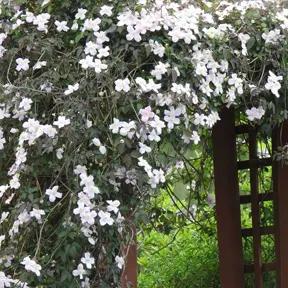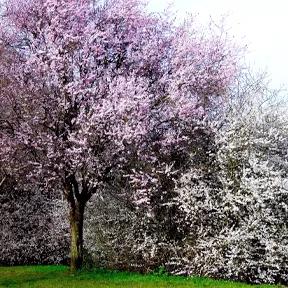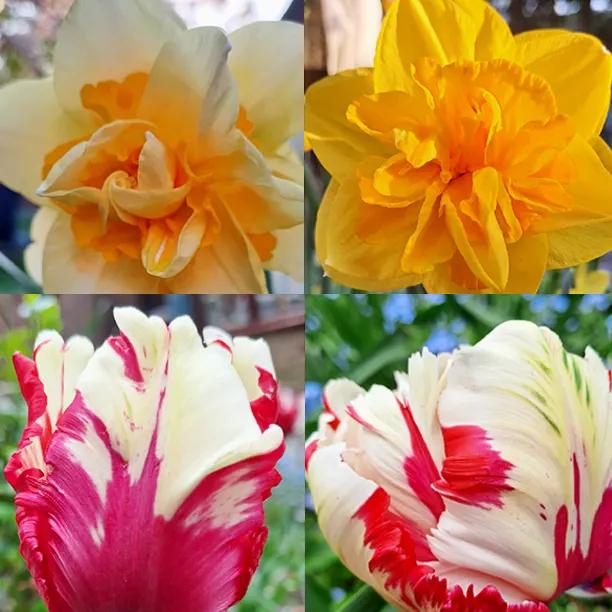Gift Wrapped 'Brown Turkey' Fig Trees
Best Fig Tree for UK
- Potted Tree, gift wrapped in hessian bag
- Add your own note during checkout
- The best full size tree for cropping outside in the UK
- RHS Award of Garden Merit.
- Needs full sun and sheltered site.
- Roots must be restricted to control size. Ideal for containers.
Recommended extras
Description
Gift Wrapped Ficus carica Brown Turkey
Brown Turkey fig trees are the best figs for growing outside in the UK. It crops heavily every year, almost without fail, in a nice sunny spot.
Browse all our other Garden Gifts, more Fruiting Gift Trees, or buy this tree without the gift wrapping.
Please inform us of your preferred delivery week
- To receive it in time for Christmas, we despatch the week of 11th December.
- Type your gift message in the 'message for Ashridge' box during checkout.
All varieties of Ficus carica are fully self-fertile, so you only need one Brown Turkey to keep a family happy.
Features:
- Potted Tree, gift wrapped in hessian bag
- Add your own note during checkout
- The best for cropping outside in the UK
- RHS Award of Garden Merit.
- Needs full sun and sheltered site.
- Roots must be restricted to control size. Ideal for containers.
Growing Brown Turkey Figs
Figs need special attention to crop well. If you think it needs more than you can give, then a medlar, quince or kiwi might be a better choice for something exotic.
If you plant a fig tree into the ground without taking precautions, you will quickly realise just how big fruiting figs can grow. In the wild they can be very large trees indeed. So, here is what you do:
The principle is similar to Bonsai, where a small container restricts the size of the tree. In the case of figs, restricting the food supply limits the size of the tree while allowing fruit to form naturally. So, if planting in the garden, preparation is all important. Dig a hole no more than 60cm long x 60cm wide x 75 cm deep. Line the walls with material that roots cannot penetrate. Paving slabs are often used, or the thick plastic damp proof membrane used by builders when casting concrete floors. Put a layer of at least 20-25cm rubble or hardcore in the bottom of the hole and then fill with ordinary garden soil. Plant the fig in this.
If you want to put your fig in a container, choose one of a similar size to the hole outlined above and make sure it is sturdy.
As long as you follow the rules above, figs can be grown freestanding as a low bush or larger standard tree, but they are more generally grown trained in a fan shape against a wall or fence.
Brown Turkey is tremendously vigorous and requires pruning every year. Figs crop on last year's wood, which means they should be treated like summer fruiting raspberries. Any wood that has fruited is cut out and older structural branches can be removed without fear of hurting the plant. In spring, it is a good idea to cut out crossing branches and suckers. Depending on growth, sometime in the summer cut back new growths to 5-6 leaves to encourage fruit formation the following year. Before winter sets in remove any large fruits that have not ripened. However, leave the little marble sized figlets for the following year. Always leave 5cm (2in) long stubs when removing any branches.
Did you know?
This variety is called San Piero in Italy, Aubique Noire in France, and the American names include San Pedro Black and Black Spanish.
In older literature, you might see it listed as Negro Largo.
It's Spring Planting Season 2025

Pot Grown & Plug Plants Delivered

Direct from the Nursery Value

No more broken plants in the post!










